It’s just been a few days since Nintendo launched a new game, Pokémon Go, on the app stores, and the social media have exploded like an atomic bomb. The company considered to be an outsider on the mobile market, increased the value of their shares by 25% right after the app release. The killer combination of location based functionality and augmented reality led to a stunning success.
According to statistics, the game has entered the top-10 Android games in America and took first place in AppStore within 24 hours after publishing.
Social networks and mass media are buzzing. Meanwhile, entrepreneurs are trying to benefit creating special offers for players:
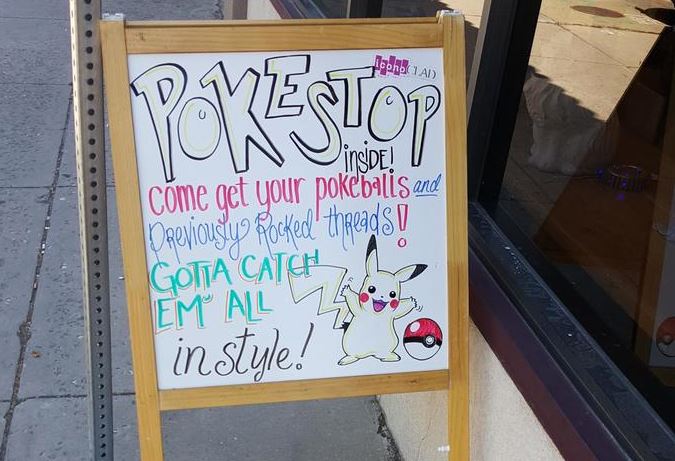
The playing process is simple and exciting: you are exploring surroundings while app shows you Pokémons appearing here and there to track down and catch them. The game brilliantly implements the concept of augmented reality. You should move around real streets, parks and avenues to find a creature in the game:
There are different types of Pokémons, some are less common and it makes searching for them more attractive. Sometimes players run to extremes and this causes appearance of funny posters:
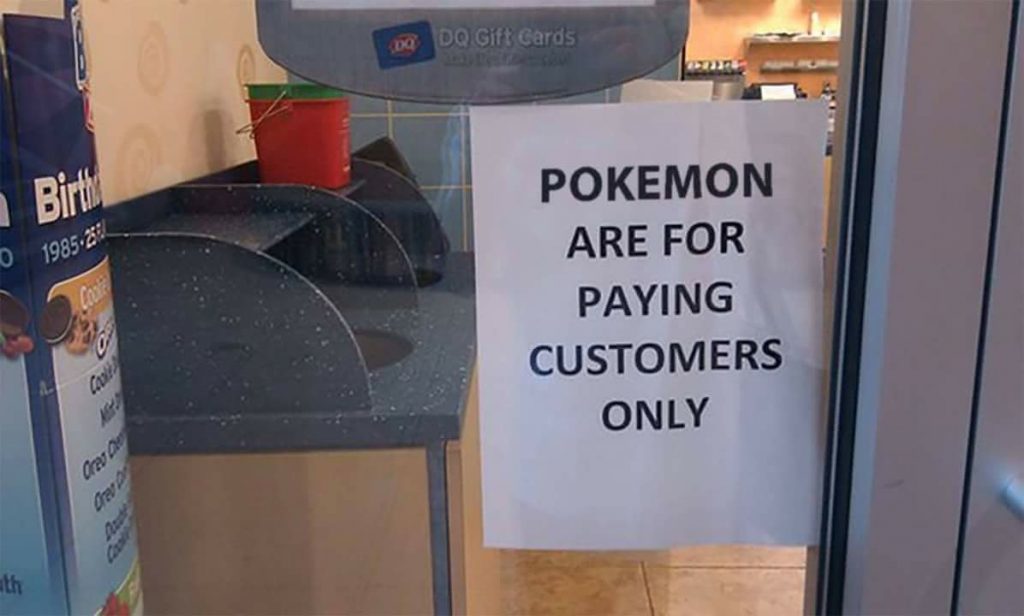
…and even warning signs from government:
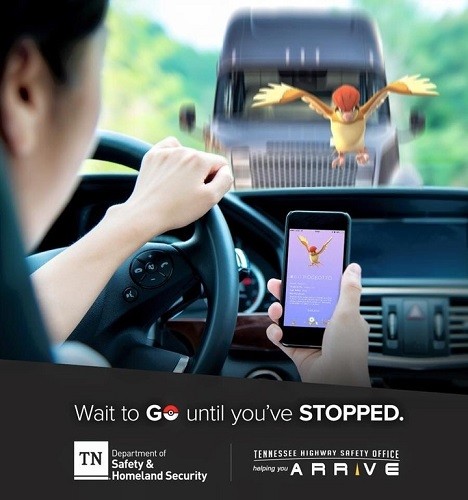
Why does Pokemon Go attract people?
- It promotes a healthy lifestyleNow people have a good reason to stop sticking indoors and go for a walk. Isn’t that a solution of chronic problem of our gadget-addicted society?
- It is socialPlayers feel free to share their expressions, they find new real friends, they sense real immersion into gaming process. The news is spreading instantly, users share the information about the app and their motive is that game is great by itself.
- It is accessible for everyoneRepeating the astonishing success of many recent years games, Pokémon Go is free app. Everyone can afford to download and play it any moment. Monetization is realized by in-app purchases: for instance, you can buy a lure for Pokémon. Very effective model, taking into account the popularity of application.Read more about app monetization in this article
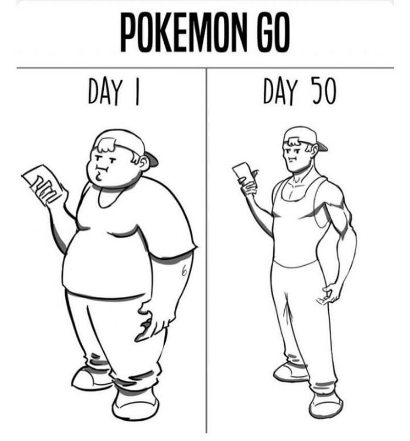
But we already know many decent games with these features, more or less popular.
After all, what exactly makes Pokémon Go so special? The most important thing, although not seen at a glance, is the technology:
- Augmented realityAugmented reality combines the smartphone camera’s view with virtually overlaid subjects, text and graphical content. It seems like an old dream of humanity about full-fledged virtual reality. Augmented reality allows to see the most unusual items in your familiar environment, what opens almost unlimited possibilities for the developer’s imagination. Create the atmosphere of fairyland or another planet? Easily! Make fabulous creature appear on your kitchen? It’s already happened. The world we get used to is changing by simply installing the app.
- Location based servicesLocation based service (LBS) specifies a real-time location of the device and provides information about user’s surroundings.
Watching your actions on the screen with every movement tracked instantly feels spellbinding. Using mobile application isn’t a divorced from reality process anymore, you feel engagement and interaction with the world around. LBS enables people to communicate on a new level. Social networks considered to separate people by ruining the personal contact are becoming a linkage again. You get closer with your friends and relatives sharing your latest activity with others.
Pokémon Go is only one of many successful applications using these fascinating functions. Apart from gaming they are applied in business, navigation, marketing and other apps which are extremely popular on the market too.
How can your business benefit from location based services and augmented reality?
Whether everything genius that can be invented has already been invented? Just imagine, what opportunities location tracking discovers for you. To provide proofs let’s review this technology applied in different fields.
1. Location based services for transportation apps
Taxi-booking apps is a good example of where you can make maximum use of location based services.
With GIS technologies taxi apps are building routes and point-to-point directions, determining user’s location, monitoring device’s movements, etc.
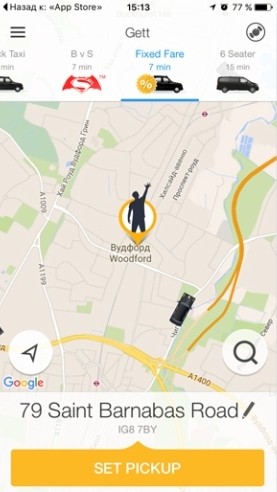
Basically, location based technologies and properly developed business logic helps completely replace manpower for taxi-booking services. For example, you won’t need call center with hundreds of people any longer. Everything will be done automatically: taking orders, assigning them to the closest drivers, etc. This helps you not only reduce costs significantly, but also be more competitive due to a faster service and more scalable due to processes automation.
The brightest examples of taxi-booking apps are Uber and Gett.
However, you are not limited by taxi-booking apps here. Transportation market is huge, and using GIS services opens new horizons for offering unique services, not available before.
2. Fitness, sport and healthcare
People going for sports and healthy lifestyle started using their smartphones for this purpose long time ago. Let’s take Endomondo – great example of application for tracking your route using Google Maps. The app shows your real-time progress, distance and allows to share results on the social networks.
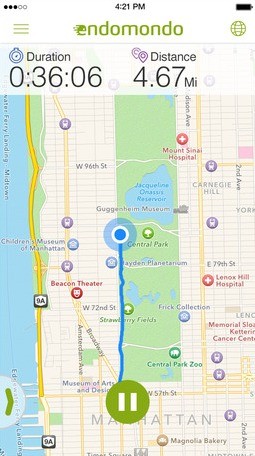
Another popular sport apps are Run Keeper, Nike+ and Nokia Sports Tracker. A set of functions usually includes providing information about your distance, speed, duration, calories burned and current location.
Moreover, there is an options to collect these data right during the training, store them and compare with previous results.
3. Location based services for crowd service industry
Service industry is where you can gain the most competitive advantage by optimizing the speed and quality of provided services. Here, geo based technologies can help you significantly.
Another great news is that location based services can be applied almost to ANY business in a service industry. Let’s say, you are launching a company that provides a car cleaning service, where car washers arrive to a car location within 2 hours. Thus, you have car washers and car owners as main actors. To provide fast and quality service, you need to find the way to connect all actors efficiently. For example, you need to find the smallest destination between each washer and car owner every time someone makes an order. Obviously, at the beginning it can be done manually by the call center managers. However, once you reach 100 orders a day, you will not be able to distribute orders efficiently anymore.
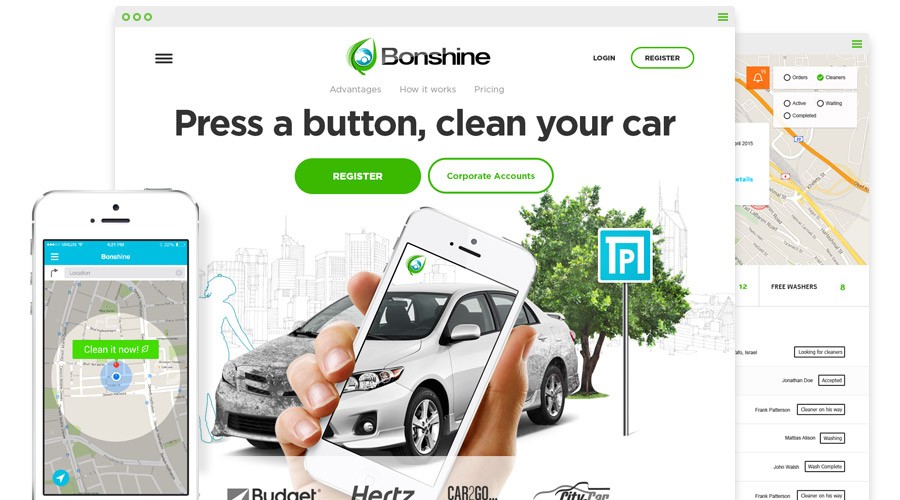
Here, location based services will do it for you. Automatically distributing orders based on a geo location of main actors, location based services allow you to provide fast and competitive service to your clients. And there is so much more.
4. Social Media with geotagging functionality
Geotagging has become an integral part of social media. Starting from Foursquare – a pioneer of location-aware apps – today almost every large social network allows us to indicate our current location or show where our photos were taken.
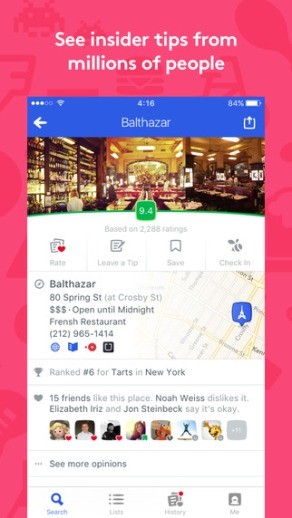
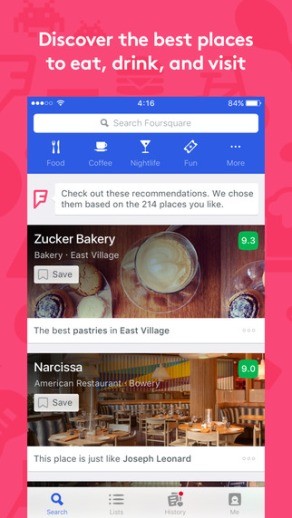
Foursquare discovers to users restaurants, shops, bars and events taking place nearby. This very app started the popularization of checking-in via your mobile device. Innovative idea quickly gained love of public and showed new ways of communication with friends.
Also there is plenty of location tracking services and utilities that enable user to share his geo-data on chosen networks.
3. Location based marketing
When developing the marketing strategy you must know about your customer everything: who he is, what he likes and what places he goes to. Location-based technology can be invaluable helpful in market researching. Collecting statistics about geolocation can tell incredibly lot about your client’s behavior. What points of sale are most popular? What are weak spots of your trading chain?
- Reach your customer with timely, contextually relevant personalized offer:Data-driven study provides the opportunity to understand your customer better: what retail points he visits the most, what bargains he might be interested in.
- “Checking-in”: Nice tool for promoting certain selling point. You can encourage your clients with in-app bonuses and discounts for check-in in your store. (For example this function is successfully applied in Shopkick application)
- Better decision making: Using GIS tools you can manage, analyze and leverage business data, and therefore enhance the customer service by making a strategic decisions.
- Navigation improvement: What if some of your shops are not so easy to find simply because of the location in city area? Or you need to show the route through the map of huge mall?
- Better presentation of the products: Customers would like to see reviews and suggestions of goods the have seen in store they visited or are planning to.
- Better positioning of your selling points: Discover other popular businesses’ locations and plan targeted location of the new shop/office/service unit. If you find out the most popular car services in your city it would be nice to place your auto parts store nearby. People most likely to buy complementary goods and services in the same area.
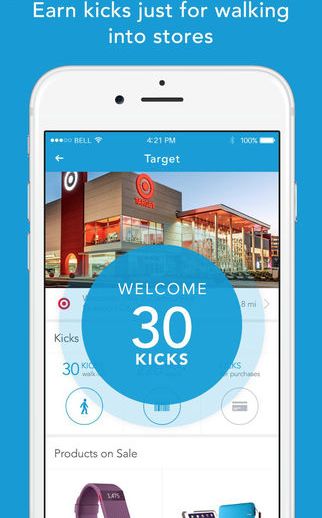

What technologies make the Location based Services possible?
Geo-fencing
This is a core feature in Location based Services. Using GPS (Global Positioning System) it creates virtual boundaries and refers the device to defined area or point on the map. The technology triggers information about presence in the area and alerts the server about certain actions. When the device is entering or leaving the boundaries, all the changes are reflected.
Geofences can be divided into three main types:
- Static
User’s location relative to stationary zone or point - Dynamic
User’s location relative to customised points or objects - Peer-to-Peer
User’s location relative to other users
The boundaries can be configured by administrator and set up to notice specified event. You see all user’s activity you interested in. It enables to send notifications about promo actions going on in the area, make invitations to sellouts or even warn about lack of parking spaces. Geo-fencing reveals a highly innovative way to improve user’s experience.
Routing
The same as geo-fencing does, routing applies GPS and radio frequency identification (RFID) technologies. This feature allows to determine the route, traffic, distance, potential stops and delays, suggest the most optimal directions. Technology is extremely valuable for logistics and transportation industry. For instance, it helps to calculate driving from point A to point B within the best time possible, fuel consumption and drivers’ labor hours. We
already considered this on the taxi applications case.
As you see, many companies are already taking advantages of location based services. The positive forecast about location based services and augmented reality comes true. Success of such applications as Pokémon Go, Foursquare, Uber and others proves it the best.
Are you ready to implement the latest technologies and boost your business? If you have any questions we would be happy to answer you!


